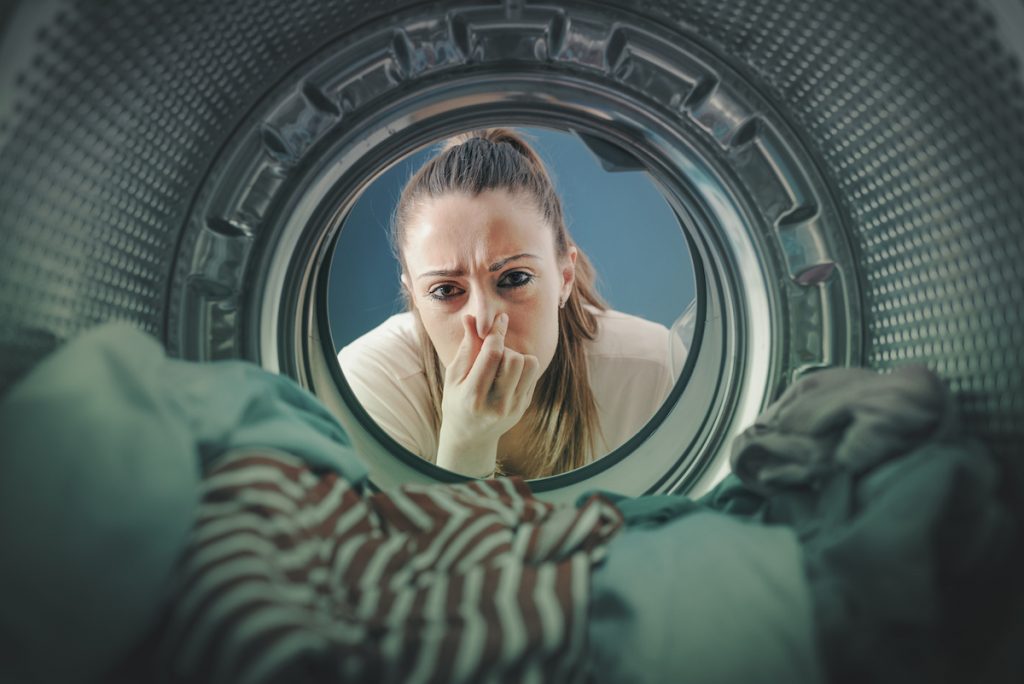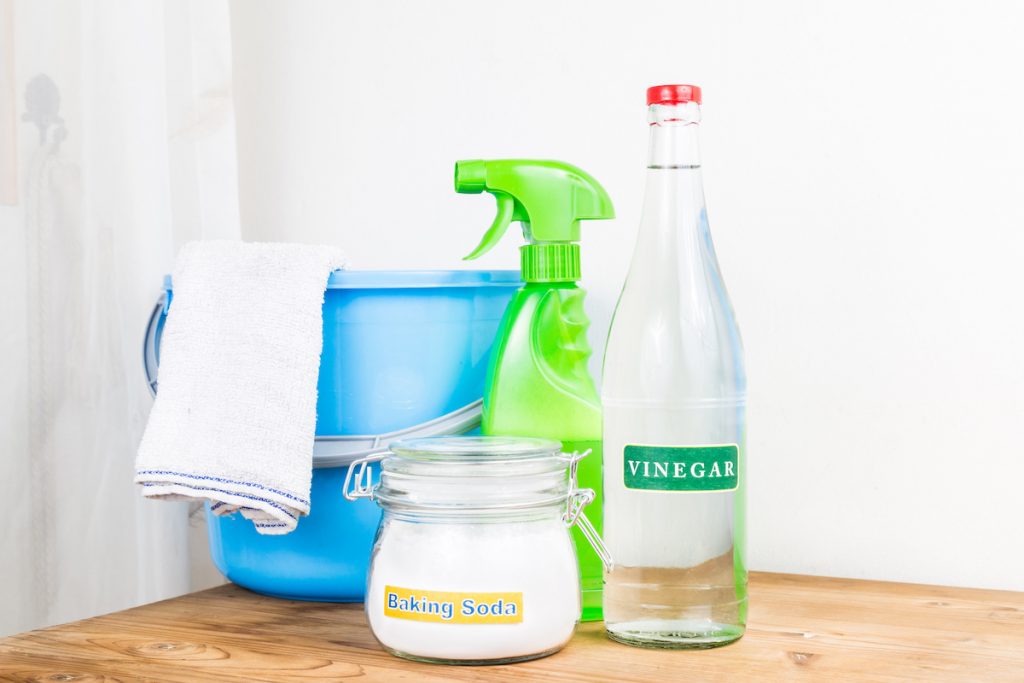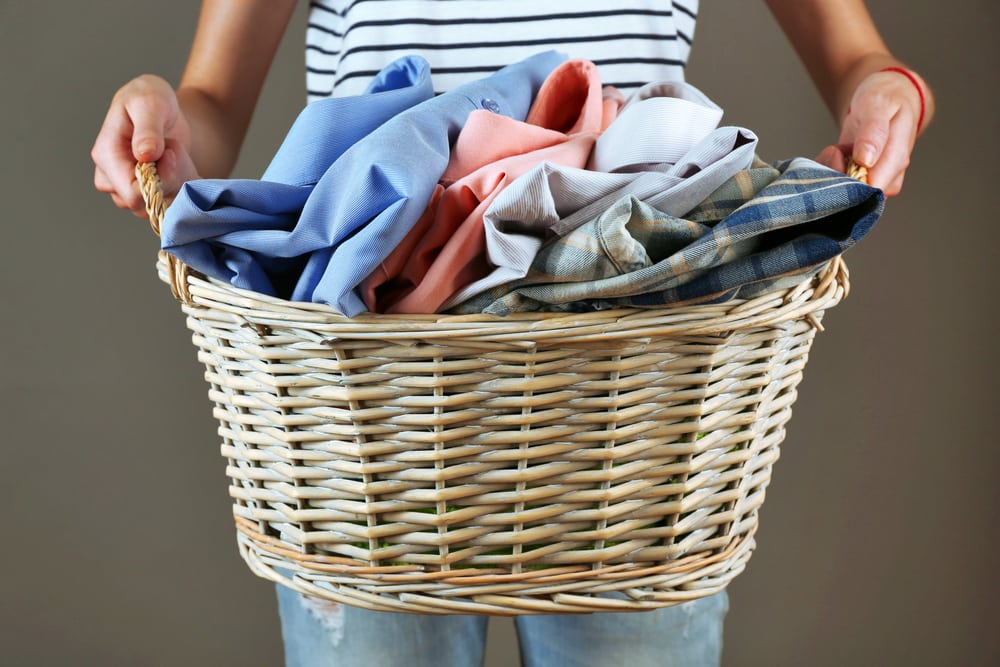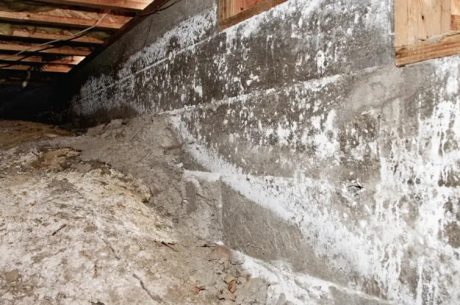Tackling mold stains and mildew stains on fabrics can feel daunting, but with the right approach, you’re able to banish those unsightly marks. When you discover a mildew stain on your shower curtain or spy mold spots on clothes, it’s crucial to act swiftly. To remove these blemishes, start by giving the fabric a shake to get rid of loose spores before popping it into the laundry. If it persists, do the following:
Table of Contents

7 Effective Methods to Remove Mold Stains from Fabric
1. White Vinegar Solution
White vinegar is a natural and effective mold killer.
Steps:
- Mix equal parts white vinegar and water.
- Apply the solution to the mold stain.
- Let it sit for 15–20 minutes.
- Scrub gently with a soft brush.
- Rinse thoroughly and air dry.
This method is suitable for most fabrics and helps in mildew stain removal as well.
2. Hydrogen Peroxide Treatment
Hydrogen peroxide is effective for removing mold stains, especially on light-colored fabrics.
Steps:
- Mix one part 3% hydrogen peroxide with two parts water.
- Apply to the stain and let it sit for 10 minutes.
- Blot with a clean cloth and rinse.
- Air dry the fabric.
Always perform a spot test to ensure the solution doesn’t bleach the fabric.
3. Baking Soda Paste
Baking soda is a gentle abrasive that can help lift mold stains.
Steps:
- Mix baking soda with water to form a paste.
- Apply the paste to the stain.
- Let it sit for 15 minutes.
- Scrub gently and rinse thoroughly.
This method is particularly useful for mildew stain removal from clothes.
4. Lemon Juice and Salt
A natural bleaching agent, lemon juice combined with salt, can be effective.
Steps:
- Apply lemon juice to the stain.
- Sprinkle salt over the area.
- Rub the fabric together or use a brush.
- Rinse and air dry.
This method works well for white or light-colored fabrics.
5. Borax Solution
Borax is a natural mold inhibitor.
Steps:
- Dissolve ½ cup of borax in hot water.
- Add the solution to your washing machine.
- Wash the mold-stained fabric as usual.
Ensure the fabric is compatible with borax before use.
6. Commercial Mold Stain Removers
There are various commercial products designed for mold stain removal.
Tips:
- Follow the manufacturer’s instructions carefully.
- Test on a small area first.
- Ensure proper ventilation during use.
These products can be effective for stubborn stains and are suitable for various surfaces.
7. Sunlight Exposure
Sunlight has natural mold-killing properties.
Steps:
- After treating the stain, place the fabric in direct sunlight.
- Leave it for several hours.
- The UV rays help in further disinfecting and removing any residual odors.
This method complements other treatments for mold stain removal.
Additionally, laundering your clothes regularly and ensuring rooms remain well-ventilated can prevent the spread of mildew and mold. Consistent cleaning of damp areas, coupled with using water wisely to avoid unnecessary dampness, can also keep fabrics in your home spotless and fresh.
Trust PuroClean of Hendersonville for Expert Mold Remediation. Call (615) 348-7200 for Emergency Mold Removal in Hendersonville, and all of Middle Tennessee
While DIY methods can be effective for minor mold stains, significant infestations require professional intervention. PuroClean of Hendersonville offers comprehensive mold removal and remediation services, ensuring your home is safe and mold-free.
Our Services Include:
- Mold inspection and assessment
- Safe and effective mold removal
- Water damage restoration
- Preventative measures to avoid future mold growth
Contact us today at (615) 348-7200 to schedule an assessment and protect your home from the dangers of mold.
FAQs: Mold and Mildew Stain Removal
Q1: Can I remove mold stains from all types of fabric?
A1: Most fabrics can be treated for mold stains, but delicate materials like silk may require professional cleaning. Always perform a spot test before full application.
Q2: Is it safe to use bleach on colored fabrics?
A2: Bleach can cause discoloration on colored fabrics. Consider using oxygen-based bleach or alternative methods like vinegar or hydrogen peroxide for colored items.
Q3: How can I prevent mold and mildew stains?
A3: Ensure fabrics are stored in dry, well-ventilated areas. Regularly clean and dry items, especially after exposure to moisture.
Q4: When should I seek professional help for mold stains?
A4: If mold stains persist despite treatment, or if there’s a widespread mold issue in your home, it’s advisable to consult professionals like PuroClean of Hendersonville.
Identifying and Treating Mold Stains on Baby Apparel and Fabrics
Dealing with mold stains and mildew stains on baby apparel and fabrics can be particularly daunting. It’s essential to identify mold and mildew promptly as they pose risks not just to the cleanliness of baby clothes but also to health. To effectively remove these stains, start by pre-treating the fabric. A solution of hydrogen peroxide, known for its gentle yet potent stain-removing properties, can be applied directly to the mold stain.
For more stubborn mildew stains, a mild bleach solution can also be used, provided the fabric is bleach-safe. It’s important to wash the baby apparel with a quality detergent and then rinse thoroughly. Always ensure the clothes are completely dry, as moisture is a breeding ground for mold and mildew. If you’re looking for a natural alternative, vinegar can be an effective cleaning agent against mildew. Add vinegar to the washing cycle to help break down mold and remove the accompanying stain. Remember, when tackling mold stains, ensuring the items are fully dry cannot be overstated; it’s the key to preventing future growth and safeguarding baby fabrics against mildew.

Discover How to Remove Mold Stains from Carpets and Upholstery
Dealing with mold stains on your carpets and upholstery can be daunting, but it’s essential to tackle these unsightly blemishes to maintain a clean and healthy living environment. The key to effectively remove mold stains is to act quickly and use the right cleaning techniques. Start by gently brushing the affected area to loosen the mold from the fabric surface. Before applying any cleaning solution, vacuum the area to remove any spores.
A mild bleach solution can be carefully applied to colorfast fabrics, but always spot test first. For more delicate or colored materials, consider a commercial cleaning product designed to clean mold stains without damaging the fibers. Rinse the area thoroughly with water after treatment and allow it to air dry, or use a fan to accelerate the process. In instances where the mold stain persists or if you’re dealing with an extensive infestation, it may be best to contact professionals, like PuroClean of Hendersonville, who have the expertise to restore your carpets and upholstery to pristine condition.
The Ultimate Guide to Removing Mold Stains from Hard Surface Floors
When you’re faced with the daunting task of trying to remove mold stains and mildew stains from your hard surface floors, reaching for the right solution is crucial. Whether it’s the intricate tile work in your bathroom or the once-gleaming wood in your living room, knowing how to effectively clean these surfaces can restore their original luster. Start by identifying the stains; mold and mildew can look similar but often require different approaches. For tile, a simple solution of water and bleach can be applied with a brush to agitate and lift the stains.
Always rinse thoroughly afterwards to prevent residue. If it’s safe for the surface, hydrogen peroxide can be a potent stain remover, while vinegar is a go-to for those seeking a gentler cleaning alternative. But remember, wood floors demand a gentler touch; harsh chemicals can damage their finish. When cleaning any hard surface, it’s essential to dry the area well to prevent future mold growth. PuroClean of Hendersonville recommends a clear step-by-step approach to remove stains effectively, ensuring that your floors remain in pristine condition.
Strategies for Tackling Mold Stains on Walls and Ceilings
When mold stains mar the surfaces of your walls and ceilings, it’s not just an eyesore; it’s a call to action. To effectively remove mold and mildew stains, a strategic approach is essential. Start by donning protective gear and ventilating the area to safeguard your health. Before you begin cleaning, clean the area around the mold stains with water to prevent the spores from spreading. Utilize a solution of water and bleach, applying it with a brush in gentle, circular motions to lift the stains.
Always conduct a patch test to ensure the solution won’t damage your surface. For a more eco-friendly option, vinegar can be employed to clean mold stains, thanks to its natural acidic properties. After thoroughly brushing the area, rinse it well to remove any residual cleaning solution. Stubborn mold stains might require the use of hydrogen peroxide, which effectively cleans without the harsh effects of bleach. As with any solution, rinse the area after cleaning. With regular maintenance and prompt attention to any new stains, your walls and ceilings can remain free of mold and mildew.
Tips to Eliminate Mold Stains on Exterior Surfaces and Ensure Safety
To effectively remove mold stains and mildew stains from exterior surfaces, safety and proper cleaning techniques are paramount. Begin by donning protective gear to shield yourself from spores. For cleaning hard surfaces, a mixture of water and bleach can be utilized; however, remember to dilute the bleach as per manufacturer guidelines to prevent surface damage. Applying the solution with a stiff brush helps to loosen and remove stains. Additionally, hydrogen peroxide is a natural alternative for stain removal without the harsh effects of bleach. It’s essential to clean the surface thoroughly, allowing the cleaning agents to penetrate and lift the mold and mildew.
Afterward, a thorough rinse should follow to clear any residual cleaning solution. For drying, allow air circulation to prevent moisture accumulation, reducing the chance of mold reoccurrence. Moreover, safety remains a priority throughout the process, ensuring that the air quality is unaffected and the surface is restored to a clean state. Adhering to these tips can lead to a safe and successful elimination of unsightly stains.
The Best Cleaners and Tools to Combat Mold and Mildew Stains

When it’s time to tackle mold stains and mildew stains, the best cleaners are often those you can readily find at home or in stores. A versatile cleaning arsenal includes a strong detergent that can break down the stains, making it easier to clean them from surfaces. Bleach is renowned for its efficacy; a diluted bleach solution can sanitize and wash away stubborn mold and mildew with relative ease.
Utilizing the right tools also plays a pivotal role in effectively removing mold and mildew. A sturdy brush can penetrate the fabric of a shower curtain or upholstery, allowing you to scrub away at the mold and mildew stains. Afterward, a thorough rinse or wash ensures that remnants of these unwanted guests are gone for good. In commercial settings, or when dealing with extensive mold stains, professional services like those offered by PuroClean of Hendersonville can provide robust solutions and expertise to restore the affected surfaces back to their best condition.
Utilizing the right tools also plays a pivotal role in effectively removing mold and mildew. A sturdy brush can penetrate the fabric of a shower curtain or upholstery, allowing you to scrub away at the mold and mildew stains. Afterward, a thorough rinse or wash ensures that remnants of these unwanted guests are gone for good. In commercial settings, or when dealing with extensive mold stains, professional services like those offered by PuroClean of Hendersonville can provide robust solutions and expertise to restore the affected surfaces back to their best condition.




 PuroClean of Hendersonville
PuroClean of Hendersonville